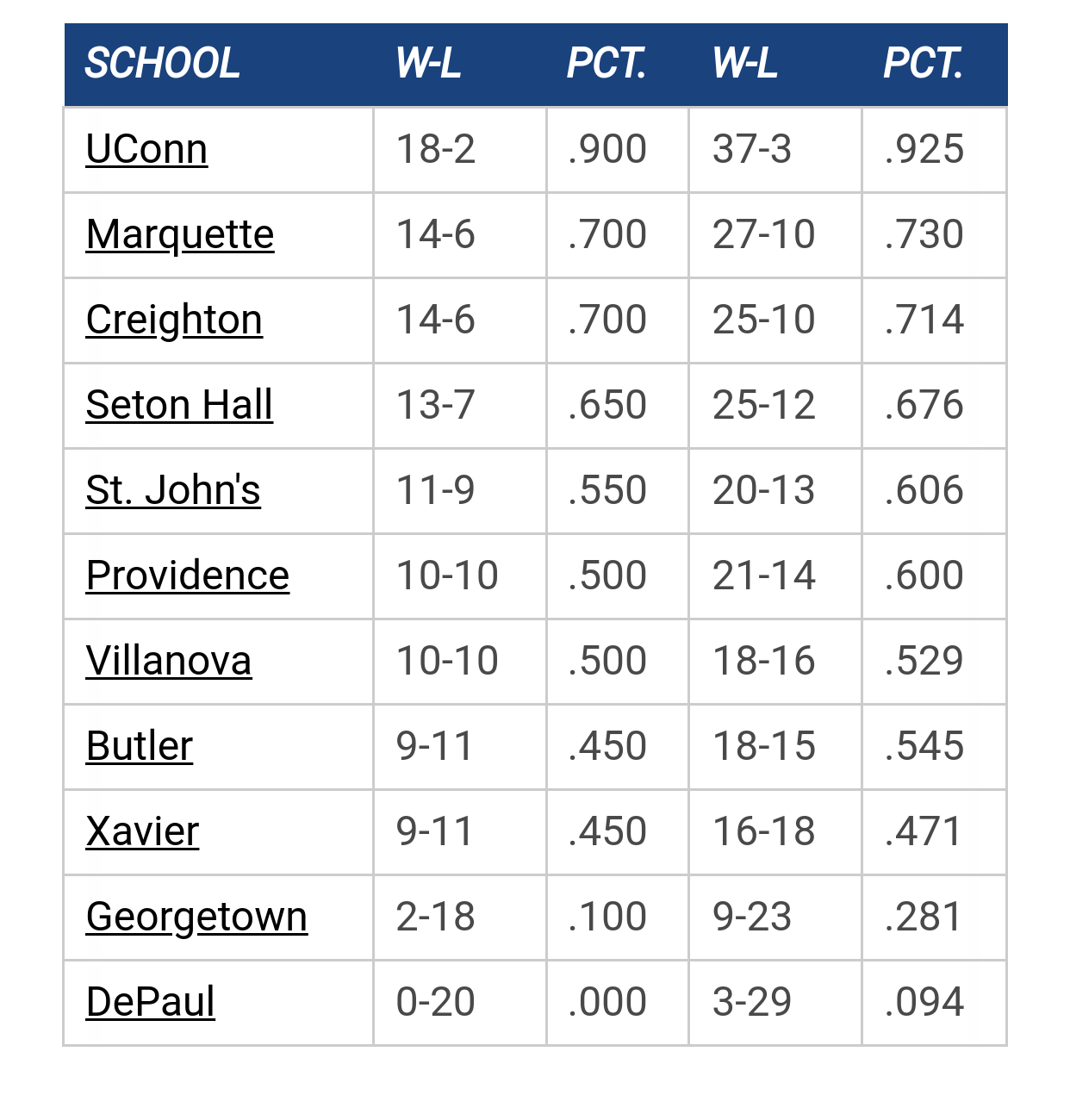- Welcome to MUScoop.
Marquette NBA Thread by Jay Bee
[Today at 06:40:00 PM]
Ben Gold Post Game 12/30 by Jay Bee
[Today at 06:33:05 PM]
Path to Success 2025-26 in 2026: Rotations by MarquetteMike1977
[Today at 06:26:55 PM]
MU/Hall Game Thread by MarquetteMike1977
[Today at 06:24:35 PM]
Who do you wish hadn't gone pro early? by Biggie Clausen
[Today at 04:55:45 PM]
Tre Norman by Big Papi
[Today at 04:48:12 PM]
The Altercation by onepost
[Today at 04:47:50 PM]
[Today at 06:40:00 PM]
Ben Gold Post Game 12/30 by Jay Bee
[Today at 06:33:05 PM]
Path to Success 2025-26 in 2026: Rotations by MarquetteMike1977
[Today at 06:26:55 PM]
MU/Hall Game Thread by MarquetteMike1977
[Today at 06:24:35 PM]
Who do you wish hadn't gone pro early? by Biggie Clausen
[Today at 04:55:45 PM]
Tre Norman by Big Papi
[Today at 04:48:12 PM]
The Altercation by onepost
[Today at 04:47:50 PM]
The absolute only thing required for this FREE registration is a valid e-mail address. We keep all your information confidential and will NEVER give or sell it to anyone else.
Login to get rid of this box (and ads) , or signup NOW!
UConn Date/Time: Jan 4, 2026, 1:00pm TV: NBC Schedule for 2025-26 |
||||||
User actions


